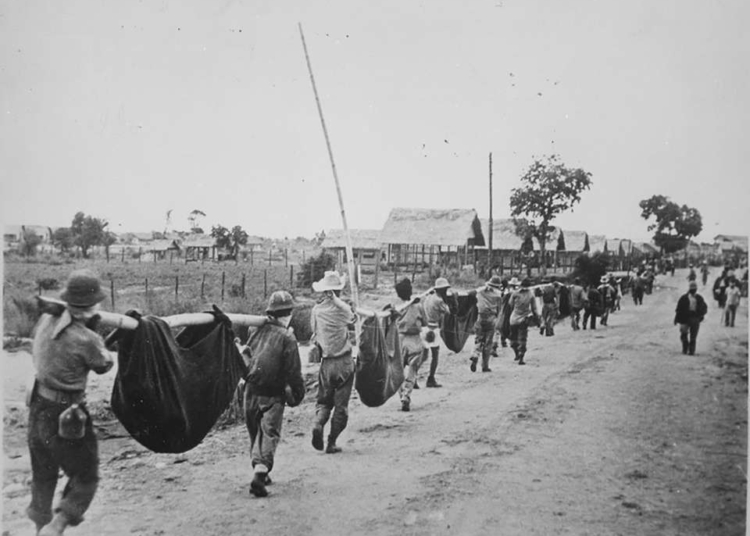The Bataan Death March is a harrowing chapter in the history of World War II, depicting the inhumanity and brutality faced by American and Filipino prisoners of war. Following the surrender at Bataan in April 1942, thousands of prisoners were forced to march over 60 miles in grueling conditions, resulting in the deaths of thousands due to exhaustion, starvation, and brutal treatment by Japanese captors. The legacy of the Bataan Death March serves as a poignant reminder of the sacrifices made by those who served and the need for peace and understanding in the world. Survivors continue to share their experiences, ensuring that the horrors of the march are never forgotten.
The Bataan Death March: The Horrific Ordeal Faced by American and Filipino Prisoners of War in World War II
The Bataan Death March is one of the most infamous events of World War II, a testament to the brutality and inhumanity of war. Following the surrender of American and Filipino forces to the Japanese in the Philippines in April 1942, thousands of prisoners of war were subjected to a grueling forced march that would claim the lives of thousands. The march, which spanned over 60 miles in scorching heat and brutal conditions, has become a symbol of the horrors faced by POWs during the war.
The Fall of Bataan
The battle for Bataan began in January 1942, when Japanese forces launched a massive assault on the Philippines. American and Filipino troops, vastly outnumbered and outgunned, fought bravely but were ultimately forced to surrender on April 9, 1942. The surrender was a devastating blow to Allied forces in the Pacific, and marked the beginning of a harrowing ordeal for the captured soldiers.
The March Begins
Following the surrender, the Japanese ordered the prisoners to march from Bataan to a prison camp in Tarlac, a distance of over 60 miles. The prisoners, already weakened by months of fighting and malnutrition, were given little food or water for the journey. They were also subjected to brutal treatment by their captors, who beat and killed prisoners at will.
Horrors of the March
For the next six days, the prisoners marched in sweltering heat, with little rest or relief. Many collapsed from exhaustion, and those who could not keep up were shot or bayoneted by Japanese soldiers. Others died from disease, dehydration, or sheer despair. By the end of the march, an estimated 5,000 to 10,000 prisoners had perished.
Legacy of the Bataan Death March
The Bataan Death March has since become a symbol of the suffering endured by prisoners of war during World War II. It is a reminder of the inhumanity and brutality of war, and a testament to the resilience and courage of those who survived. The survivors of the march have spoken out about their experiences, ensuring that the horrors of the march are never forgotten.
In conclusion, the Bataan Death March remains a stark reminder of the inhumanity of war and the sacrifices made by those who served. It is a testament to the courage and resilience of American and Filipino prisoners of war, who endured unspeakable horrors with dignity and resolve. The legacy of the Bataan Death March lives on as a reminder of the cost of war and the need to strive for peace and understanding in the world.













